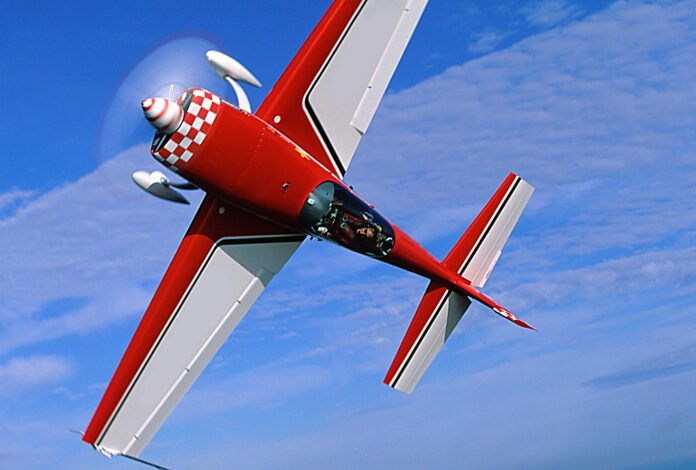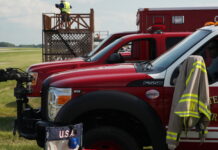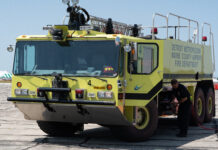In 2007, the North American air show industry — led by ICAS — began a concerted effort to change the culture of safety within the business. The initial focus of this effort was to implement a Safety Management System (SMS) for the organization. At the time, SMS was a revolutionary practice that businesses, especially aviation companies, were implementing across the world.
For many reasons, establishing an SMS program for a volunteer, non-profit organization proved to be an unachievable goal; however, many of the tenets of SMS that we were able to adopt for the air show community helped to improve the safety culture in our business and are still in place today.
Safety Policy, Safety Risk Management, Safety Assurance and Safety Promotion are the four main components of SMS. The ICAS-operated ICARUS confidential reporting system and best practices for many subsets of the membership are used to establish “Safety Policy.” Many avenues of communication and continuing education in ICAS publications and at the ICAS Convention assist in “Safety Promotion.” “Safety Risk Management” is promulgated through the safety risk self-assessment worksheet. And “Safety Assurance” or continual re-evaluation of the methods we use to ensure safety is a job that many of our committees undergo constantly. Adopting the framework of SMS has allowed our voluntary organization to achieve some of the same impact of SMS programs operated by the world’s major airlines.
Safety assurance is the most humbling component to SMS as it requires critical self-reflection to determine if the changes that the safety program implemented are effective. Said another way, it is sometimes possible for those implementing SMS principles into an organization to overreact to a hazard and implement risk management practices that are more problematic than the hazard those new practices sought to alleviate. Since promoting safety sometimes requires a frank and honest admission of fault, it is important for the leadership of the organization to admit, as is expected of everyone, when a correction reached further than it should have.
In 2013, ICAS determined that new, occasionally ill-prepared performers represented a potential safety hazard within our industry. ICAS also determined that some performers making the transition from a 250-foot altitude restriction on their Statement of Aerobatic Competency (SAC) card to an unlimited card might also represent a potential hazard.
To mitigate those risks, the SAC evaluation requirements in the ICAS ACE Manual were modified to require two evaluators to be present for all initial evaluations and all first-time unlimited evaluations. That modification was determined to be unrealistic, and a revision was implemented that would model the general aviation CFI/DPE model. This revision was drafted to require an applicant to receive a recommendation for these evaluations by one ACE then receive a practical evaluation from another ACE. But the new requirement was not specific about the details of that recommendation. And, as the old saying goes, the devil is in the details.
In 2018, the requirements of those recommendations were clarified. An applicant was first required to complete a substantive application, then the application and applicant would be vetted by all ACEs. An ad-hoc review committee would then approve or disapprove the application. If the application was approved by the review committee, the applicant would work with the recommending ACE and receive a recommendation. The ACE Committee would then review the recommendation of the recommending ACE and approve or disapprove it. With ACE Committee approval of the recommendation, the applicant would then fly the evaluation for the evaluating ACE.
After many discussions over the course of the past year, the ICAS ACE Committee has made the determination that the correction does not adequately address the hazard it was meant to correct. An official change to this policy was agreed upon before and during the 2021 ICAS Convention in Las Vegas, and the process for getting an initial and first-surface evaluation has been modified.
This process has underscored our organization’s commitment to improve the culture of safety in the air show industry. Introspective looks at the changes that we make is vital to ensuring that the safety of the air show industry is constantly improved. But that introspection can sometimes determine that changes have missed the mark. It is often difficult for those who have developed a policy to reassess it objectively but doing so is part of the continuous improvement process. As Stephen Covey puts it, you must always “sharpen the saw” to improve.
As our industry continues to develop our robust safety program, it is possible that some changes that are made – or changes that have already been developed—will be further tweaked. That is not the sign of a weak system or deficient process, but of a resilient and vibrant culture.








